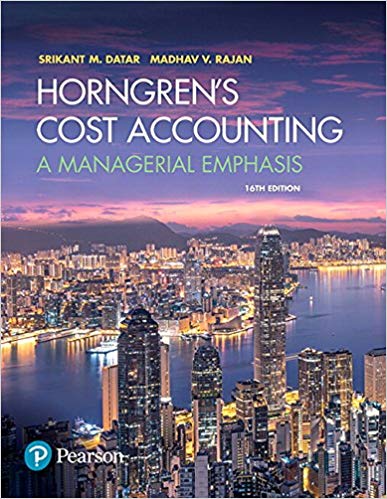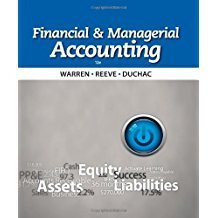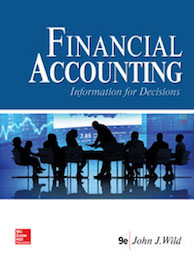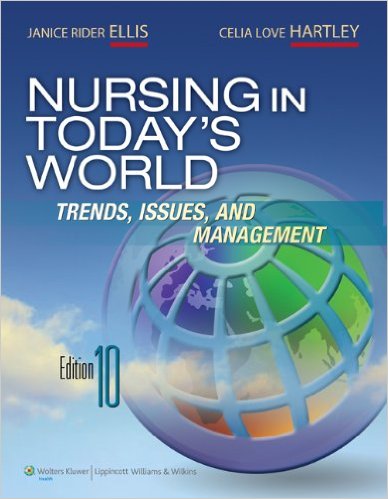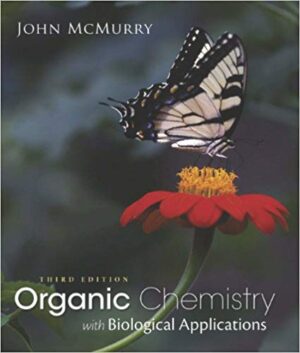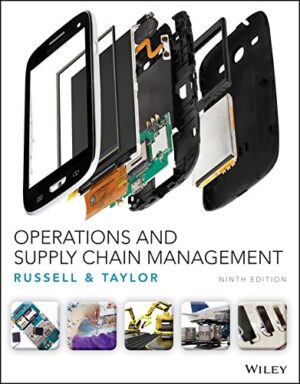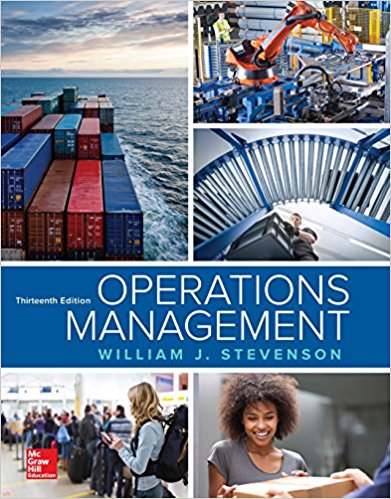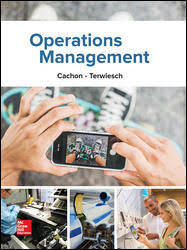In Stock
Operations Management 1st Edition by Cachon – Test Bank
Edition: 1st Edition
Format: Downloadable ZIP Fille
Resource Type: Test bank
Duration: Unlimited downloads
Delivery: Instant Download
$25.00
Operations Management 1st Edition by Cachon – Test Bank
Chapter 04 Test Bank KEY
1. The cost of direct labor goes up whenever labor content goes up.
FALSE
The cost of direct labor goes up only if labor content goes up only when the processing time of the bottleneck activity goes up.
AACSB: Analytical Thinking
Accessibility: Keyboard Navigation
Blooms: Analyze
Difficulty: 3 Hard
Gradable: automatic
Learning Objective: 04-01 Compute the costs of direct labor, labor content, idle time, and average labor utilization.
Topic: Measures of Process Efficiency
2. Takt time matches cycle time if supply matches demand.
TRUE
Takt time matches cycle time when we produce (or supply) exactly the amount to meet demand.
AACSB: Analytical Thinking
Accessibility: Keyboard Navigation
Blooms: Understand
Difficulty: 2 Medium
Gradable: automatic
Learning Objective: 04-02 Compute the takt time of a process and translate this to a target manpower.
Topic: How to Choose a Staffing Level to Meet Demand
3. Automating some activities at a non bottleneck resource simply increases the amount of idle time for that resource without making the process more efficient.
TRUE
Activity automation should be applied to the bottleneck resource to increase process capacity.
AACSB: Analytical Thinking
Accessibility: Keyboard Navigation
Blooms: Remember
Difficulty: 1 Easy
Gradable: automatic
Learning Objective: 04-03 Find ways to improve the process efficiency by off-loading the bottleneck.
Topic: Off-Loading the Bottleneck
4. Line balancing can only be applied to activities with a fixed sequence.
FALSE
Line balancing can be applied to activities with or without a fixed sequence.
AACSB: Analytical Thinking
Accessibility: Keyboard Navigation
Blooms: Understand
Difficulty: 2 Medium
Gradable: automatic
Learning Objective: 04-04 Balance a process by reallocating work from one step to another.
Topic: How to Balance a Process
5. Specialization reduces processing times by making it easier to balance the line.
FALSE
Specialization usually reduces labor utilization and makes it harder to balance the line.
AACSB: Analytical Thinking
Accessibility: Keyboard Navigation
Blooms: Remember
Difficulty: 1 Easy
Gradable: automatic
Learning Objective: 04-05 Explain the benefits and limitations of specialization.
Topic: The Pros and Cons of Specialization
6. Revenue cannot be increased with an efficiency improvement on a demand constrained process.
TRUE
Efficiency improvement on a demand constrained process will not change flow rate and thus bring no change in revenue.
AACSB: Analytical Thinking
Accessibility: Keyboard Navigation
Blooms: Remember
Difficulty: 1 Easy
Gradable: automatic
Learning Objective: 04-06 Evaluate the financial benefits of process improvements.
Topic: Understanding the Financial Impact of Process Improvements
7. Four employees at a fast-food restaurant each perform one of the four activities in serving a customer: greeting customers, take order, process order, and deliver order. The processing time for each activity is given as follows:
|
Activity |
Processing time per customer |
|
Greet customer |
2 seconds |
|
Take order |
30 seconds |
|
Process order |
60 seconds |
|
Deliver order |
5 seconds |
Assume demand is unlimited. If each employee is paid $7.50 per hour, what is the cost of direct labor associated with serving one customer?
A. $0.80
B. $7.50
C. $0.50
D. $0.125
Flow rate = Min(1/2, 1/30, 1/60, 1/5) = 1/60 customer per second, or 1/60 × 60 (seconds/minute) × 60 (minutes/hour) = 60 customers per hour because demand is unlimited. Cost of direct labor = (4 employees × $7.50 per hour)/60 = $0.50 per customer.
AACSB: Analytical Thinking
Blooms: Understand
Difficulty: 3 Hard
Gradable: automatic
Learning Objective: 04-01 Compute the costs of direct labor, labor content, idle time, and average labor utilization.
Topic: Measures of Process Efficiency




